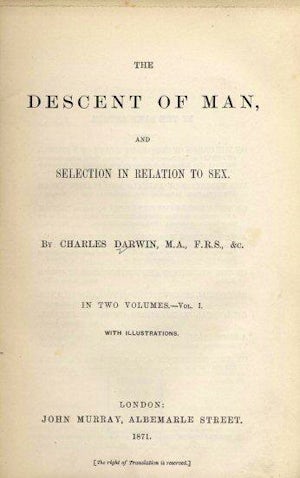Pennsylvania passes legislation permitting eugenic sterilization, but is vetoed by governor Samuel W. Pennypacker on March 30, 1905.
March 21, 1905. The Legislature of Pennsylvania passes "An act for the prevention of idiocy". The aim of the bill was the compulsory sterilization of persons considered to be mentally and physically unfit. The bill outlines whose responsibility sterilization is and how it is carried out.
The bill begins by acknowledging the "hereditary" component of mental illness and disability. "Heredity plays a most important part in the transmission of idiocy and imbecility" (Laughlin, p.35). This distinguishes this bill from others that have more punitive motivations; for example, the 1913 New Jersey sterilization law that target criminality (see Laughlin, p. 23).
The bill then goes on to outline whose responsibility it is to participate in evaluating candidates for sterilization. "One skilled surgeon, of recognized ability, whose duty it shall be, in conjunction with the chief physician of the institution to examine the mental and physical condition of the inmates" (p.35). The idea behind this requirement is that expert evaluation along with administrative oversight should guarantee the fair application of the law.
Finally, the bill specifies under what conditions the examiners can decide a sterilization procedure is required. "If, in the judgment of this Committee of Experts and Board of Trustees, procreation is inadvisable, and there is no probability of improvement of the mental condition of the inmate, it shall be lawful for the surgeon to perform such operation for the prevention of procreation as shall be decided safest and most effective: but this operation shall not be performed except in cases that have been pronounced non-improvable after one year’s test in institution" (p.35). The targeted groups are left at the discretion of the attending examiners. The suggestion is that a variety of conditions might be hereditary and so legislation shouldn't be too specific.
In short, the bill says that individuals deemed to be mentally ill or disabled, residing in institutions for at least one year can be sterilized if their condition is thought to be hereditary, i.e. there is a possibility of passing their condition on if they were to have children.
This bill was vetoed by the state governor, Samuel W. Pennypacker, soon after it passed in the legislature. Pennypacker argued that this legislature was unjust because it targeted a vulnerable portion of society. "To permit such an operation would be to inflict cruelty upon a helpless class in the community which the state has undertaken to protect" (Laughlin, pp. 35-36).
Part of the importance of this bill is its place as one of the first pieces of sterilization legislature introduced in the United States. It is further important because subsequent legislation, including Pennsylvania, attempted to learn from the failure of this bill; for example, by expanding the procedural requirements.
-Luke Kersten
Laughlin, H.H. (1922). Eugenical Sterilization in the United States. Chicago: Municipal Court of Chicago.
 1869:
Galton publishes Hereditary Genius
1869:
Galton publishes Hereditary Genius
 1871:
Charles Darwin publishes The Descent of Man
1871:
Charles Darwin publishes The Descent of Man